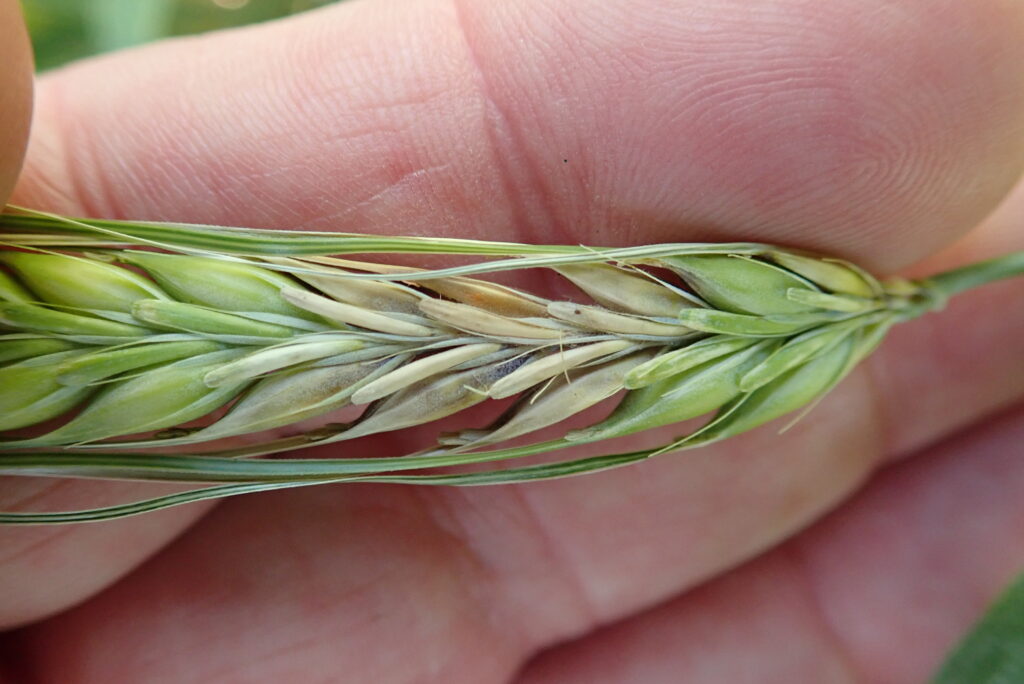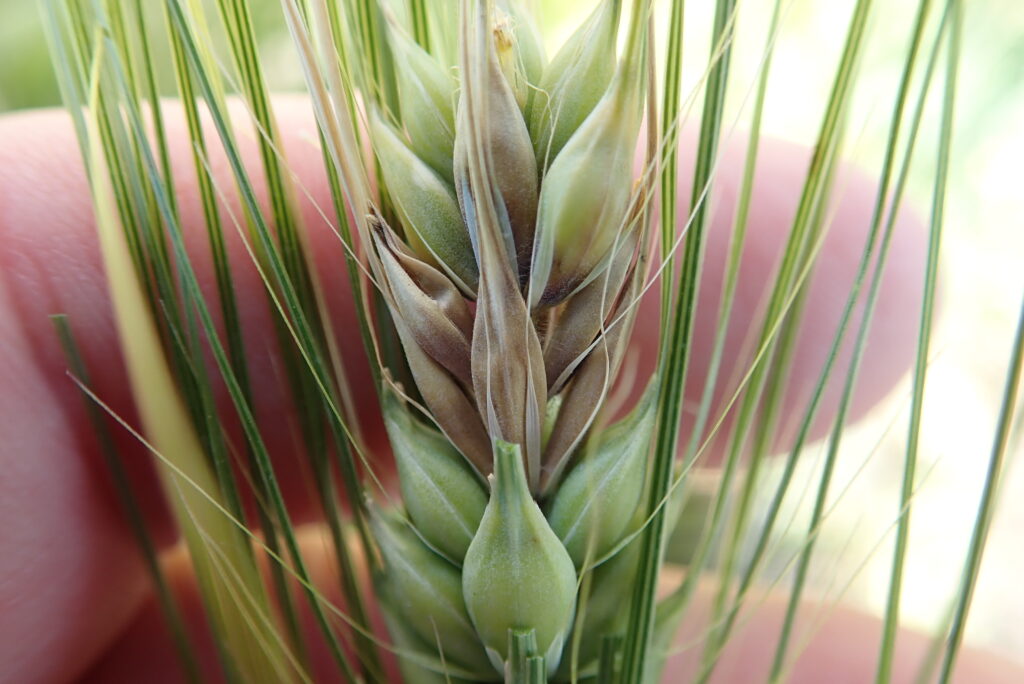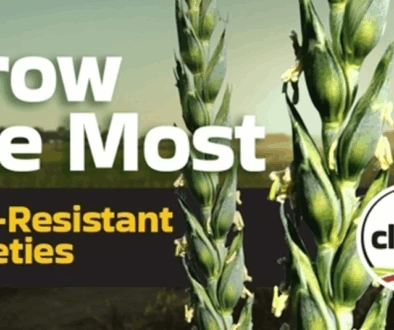Managing Fusarium in Barley: Insights from Dr. Kelly Turkington
Fusarium Head Blight (FHB) is one of the most challenging diseases for barley growers in Saskatchewan. It affects crop yield, quality, and marketability, particularly in the malt industry where strict standards make managing this disease critical. At the 2024 BarleyBin Live event in Nipawin, Dr. Kelly Turkington, a field pathology expert with over 30 years of experience, shared valuable insights into managing FHB and other barley diseases.
Watch: Recording of Dr. Turkington’s presentation at the BarleyBin Live in Nipawin.
Dr. Turkington emphasized that a proactive, informed approach is key:
“The importance of knowing and understanding the enemies that you’re facing on your farm, on a field-to-field basis, can’t be overstated. The importance of timely and accurate disease diagnosis is so, so important,” he said.
Understanding Fusarium Head Blight Risk

In 2024, a new barley-specific FHB risk map was introduced for Prairie producers. This tool provides a valuable resource for monitoring disease risk based on environmental conditions like temperature, humidity, and rainfall. However, interpreting these maps can be complex.
Read: Navigating the New FHB Risk Mapping Tool
Dr. Turkington explained:
“There were some challenges associated with [the maps], in terms of some variation between wheat maps and barley maps. If you’re a barley producer and you’ve also got wheat, how do you deal with potentially different risk ratings on your farm?”
Read: Risk maps are just one tool to help manage Fusarium Head Blight
One key to navigating these challenges is understanding the disease cycle. FHB thrives in specific conditions, such as ample residue-borne inoculum and high humidity during head emergence. Dr. Turkington advised farmers to pay attention to local conditions and adapt their practices accordingly.
Fungicide Strategies for FHB Management
Fungicides are an essential tool in managing FHB, but their effectiveness depends on proper timing and the presence of risk factors. Dr. Turkington shared his findings:
“The research, whether it’s ours or others, clearly indicates that you want to wait until full head emergence. You don’t pay a penalty if you delay, and it actually may have a benefit in terms of DON [deoxynivalenol] management. It is critical to apply fungicide directly to head tissues and if heads are still in or partially in the boot they will not be sufficiently protected.”
He also noted that fungicides are not a silver bullet, and risk level, timing and ability to spray can pose challenges to getting the most out of the product you apply. Resistant barley varieties can reduce the need for fungicide application, especially for managing leaf diseases like net blotch and scald. Resistance for FHB, is part of the overall management strategy.
“If you’re growing a variety with a moderately resistant or resistant leaf disease rating… that genetics is doing your heavy lifting in terms of managing disease, unfortunately the level of control with a moderately resistant FHB rating is less and needs to be complemented with other strategies such as timely fungicide application and rotation” he explained.
Dr. Turkington urged farmers to leave untreated strips in their fields to evaluate the effectiveness of fungicide applications.
Proactive Disease Monitoring
Regular field visits and disease surveillance are critical for effective management especially for leaf disease that one can follow in the growing crop, while FHB spray decisions after head emergence need to be made before symptoms are visible. Observing conditions in the field—such as canopy moisture, soil wetness, and visible disease symptoms—can help farmers make informed decisions.
“I can’t overstate the importance of getting out into the field. Each summer, I try to get off the research farm… and into producer fields,” Dr. Turkington said. “That hands-on knowledge is invaluable.”
He encouraged farmers to watch for emerging leaf disease problems early in the growing season. If significant leaf disease develops before head emergence, a pre-head fungicide application may be necessary to protect the crop.
Read: Assessing Risk of Fusarium Head Blight in Barley
Final Takeaways for Saskatchewan Farmers

FHB is a persistent challenge for barley growers, but it’s not insurmountable. By integrating disease-resistant varieties, rotations with at least two years between host crops, using fungicides strategically, and relying on tools like the FHB risk maps, farmers can better manage the risks associated with Fusarium.
Dr. Turkington’s advice is clear:
“Awareness, regular disease surveillance, and crop planning will definitely provide you with a better ability to manage surprises.”
For more information on FHB risk and disease management, visit the Prairie Crop Disease Monitoring Network or reach out to experts like Dr. Turkington. Stay informed, stay proactive, and you’ll be one step ahead of the challenges that Fusarium brings.




